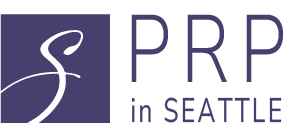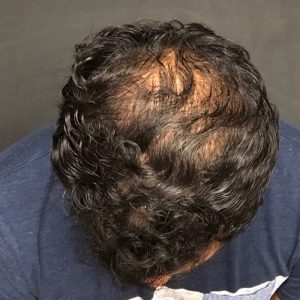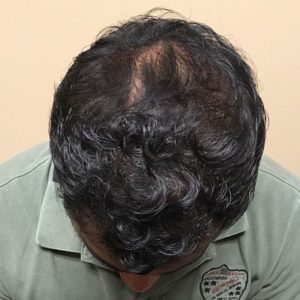FREQUENTLY ASKED QUESTIONS
How Long Will It Take To See Results?
On average, it takes about four to six months to see results from PRP hair restoration after hair transplant. It may not be immediately obvious that the platelet rich plasma is making a difference because the transplanted hair should begin to show results in roughly the same time frame. Studies have shown that patients who underwent PRP hair therapy after hair transplant surgery saw more hair regrowth, thicker hair, and better healing than those who did not.
Is Hair Transplant With PRP Permanent?
Hair transplant is the longest lasting hair restoration method currently available. For many patients, the results of a hair transplant will last the rest of their life. However, a hair transplant is not guaranteed to be permanent. While it has a good chance because the transplanted hair is more resistant to loss, it is still possible to experience hair loss after transplant.
Platelet rich plasma can slow hair thinning and loss across the scalp. It also improves the outcome of hair transplant surgery. PRP has been used in surgery for decades to promote better healing and the same principles can apply to hair restoration surgery too.
Is It Worth It To Do PRP After Hair Transplant?
Regardless of your hair restoration needs, nearly every hair transplant patient can benefit from platelet rich plasma injections after hair transplant surgery. Regardless, PRP hair restoration after hair transplant has few risks and the most likely worst case scenario is that it does not make any large difference. This, itself, is unlikely. Overall, plastic surgeons and injectors agree that PRP injections after hair transplantation are beneficial and low risk.
What Is The Best Hair Restoration Procedure?
The answer to this question depends on the goals of the patients and other factors. For example, hair transplant surgery tends to provide the longest lasting and more dramatic results. However, a hair transplant is not worth it until hair loss reaches a critical point. For patients experiencing only mild to moderate hair thinning or loss, PRP hair restoration (or a similar injectable hair restoration procedure) is likely to be the most effective.
How Much Is PRP Hair Restoration?
Hair restoration with PRP only starts at $5,000 for six treatments. For more pricing information, you can visit our price list.
THE BEST PRP HAIR RESTORATION IN SEATTLE
PRP In Seattle is a clinic that specializes in non-surgical, cosmetic platelet rich plasma treatments. Our team includes plastic surgeons with experience in hair transplant and PRP hair restoration, aesthetic medicine physicians, physician assistants, and registered nurses. They are all dedicated to providing the best possible care and helping you achieve your hair restoration goals.
Our injectors consist of medical professionals with a wide range of knowledge and expertise. They all have trained extensively with platelet rich plasma injections and understand the causes, patterns, and treatments concerning hair loss. They have helped men and women restore hair and slow the progression of genetic hair loss.
To schedule a consultation, call us at 206-279-2112. You can also reach out online via chat or contact form.


